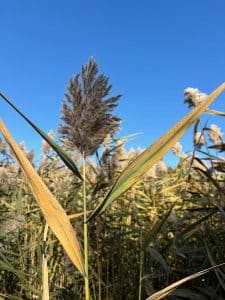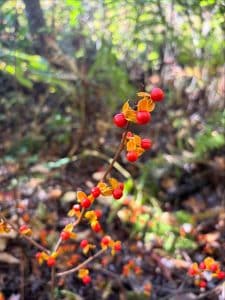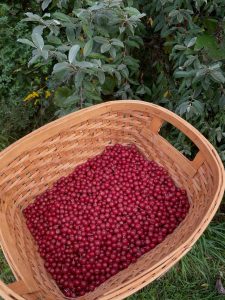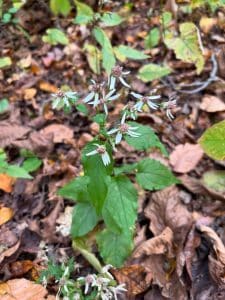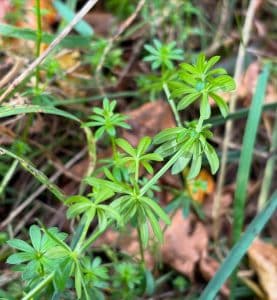Page Created by Connecticut Foraging Club
Upcoming Events | Meet the Instructors | Plant Archive | Mushroom Archive
----------------
Upcoming Events | Meet the Instructors | Plant Archive | Mushroom Archive
----------------
Sulfur tuft (Hypholoma fasciculare) is a toxic look alike to the edible brick cap mushroom (Hypholoma lateritium) and honey mushrooms (Armillaria spp.).
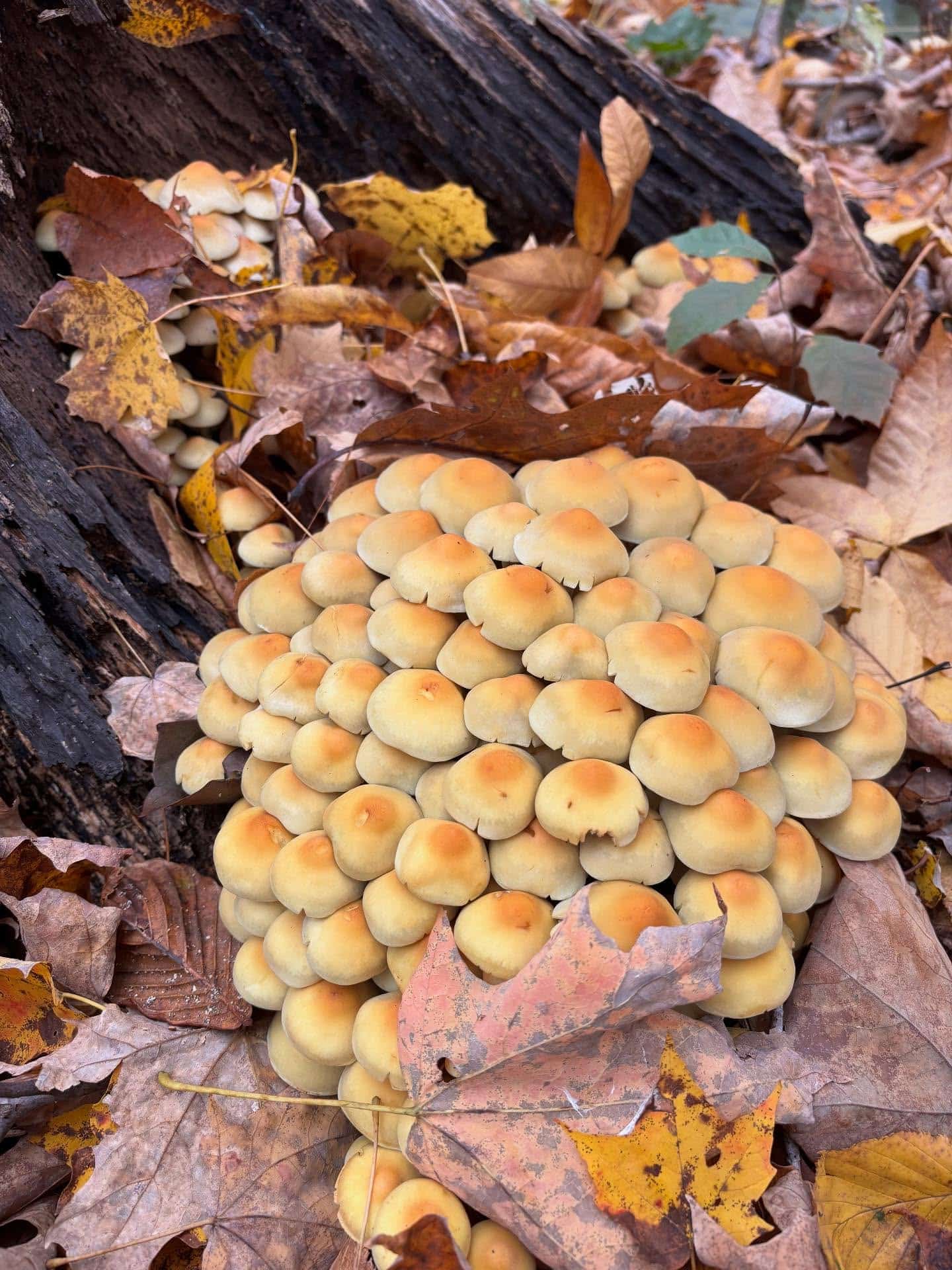
It can be found April-November on decaying hardwoods and conifers.
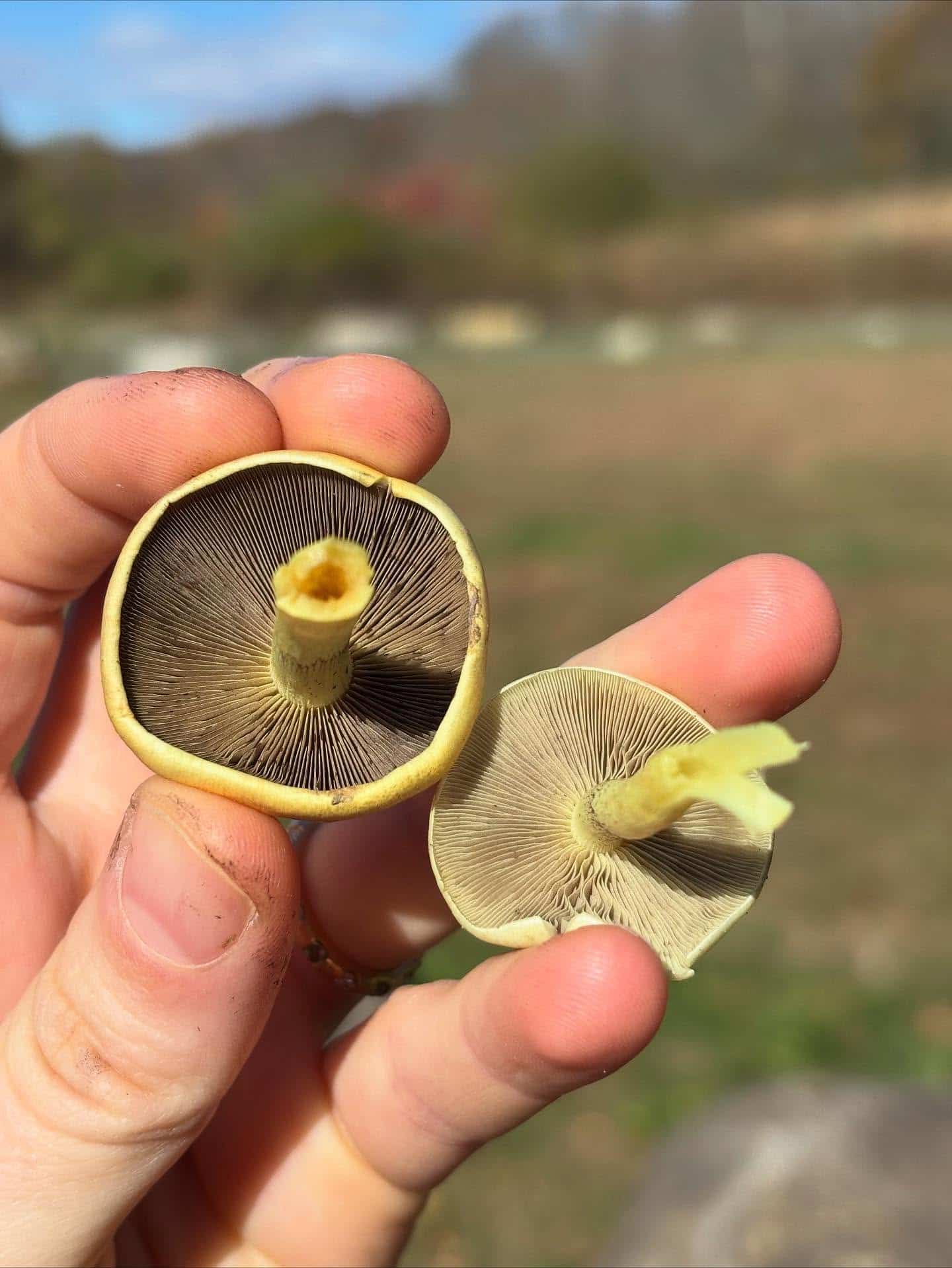
The mushroom grows in dense clusters with converging stems. The cap is a sulfur yellow color with whitish edges. Gills are covered by a veil when young. Gills start off sulfur yellow and turn olive with age. It has a bitter taste. Spore print is purple brown.

Sulfur tuft contains the toxic steroids fusciculol E and F. Consuming the mushroom can cause GI upset, nausea, vomiting, impaired vision, and temporary paralysis. The mushroom has caused at least one fatality.

The sulfur tuft must be differentiated from edible honey mushrooms. Honey mushrooms grow in the same environment and at the same time of year; however, honey mushrooms have white gills, a white spore print, and small hairs on their caps.
Sulfur tufts must also be differentiated from their close relative the brick cap. Brick caps grow in similar clusters but have brick red colored caps and grayish gills.
Sulfur tufts also closely resemble conifer tufts (Hypholoma capnoides) which look nearly identical but have pale gray gills which lack any greenish color. Conifer tufts are edible, but generally not recommended for consumption due to their close resemblance to the toxic sulfur tufts.
--
Written by Amy Demers, founder of the Connecticut Foraging Club. To learn more about foraging in Connecticut, check out our upcoming classes.


